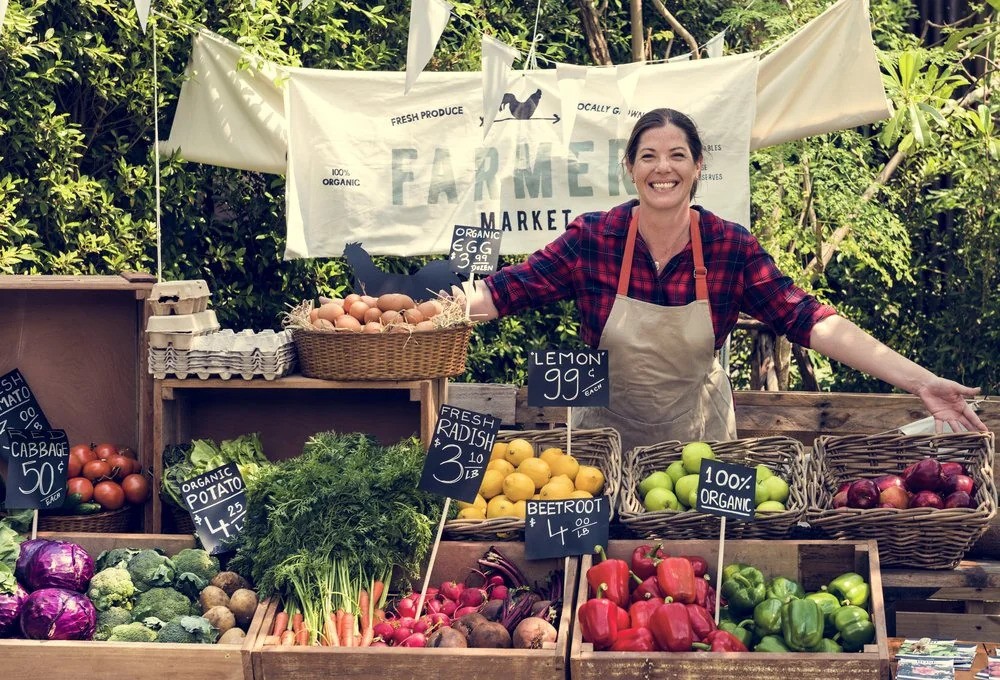The Truth About Organic Poultry Feed
When it comes to feeding your flock, everyone says “organic is better,” but what does that really mean? We’re answering some of the top questions related to organic feed.
How is organic feed different from non-organic feed?
Organic feed and conventional feed typically contain the same building blocks that chickens need to survive, but have some notable differences. All ingredients in organic feed are grown without foreign substances like hormones, antibiotics, or pesticides. Organic feed producers are forced to follow rigorous policies and procedures to get the “USDA ORGANIC” stamp on their products, ensuring consumer trust.
What is the difference between organic and non-GMO?
In the feed store you'll see some combination of feeds that have the "USDA Organic" stamp on them, feeds that have the "Non-GMO Project Verified" stamp on them, and feeds that have both (or neither). These can be confusing at first, leading people to think they mean the same thing. Simply put, all "USDA Organic" feeds are free of GMOs (genetically modified organisms), but not all GMO-free feed is organic. Organic crops can not be grown using artificial or synthetic pesticides. Non-GMO crops don't have that same restriction. Conventional feeds often contain grain that has been genetically modified to tolerate high levels of pesticides, herbicides, and chemical treatment. Non-organic, non-GMO feeds are often treated too with synthetic pesticides and herbicides, just at a lower level than conventional feeds that contain GMOs. Organic feed crops are never treated with any chemical or synthetic treatments whatsoever.
Is organic feed a healthier option for chickens?
Organic feed has been proven to lead to a healthier flock. Organic-fed chickens aren’t being filled with chemicals, toxins, or additives that can lead to diet-related health conditions. The growing process of organic feed is better for the chicken’s environment too — it doesn’t contaminate the soil and water on the farm. If you’re feeding your chickens eggs to your family, feeding organic can give you the peace of mind that you’re not consuming any chemical byproducts as well.
Why is organic feed more expensive?
When you’re in the feed aisle, it’s clear to see that organic feed costs slightly more than conventional feed. But why? Organic feed is more challenging and labor intensive to produce, so the end price is slightly higher. Producers of organic feed don’t use chemical pesticides, so insects and weeds must be dealt with by hand. Organic feed also must be produced and transported apart from conventional feed, so brands that produce both types of feed need double the resources. To label and sell feed organic, producers also must get a government certification which takes additional time and resources.
What would be a good organic feed choice for my flock?
Scratch and Peck Feeds was the first USDA Certified Organic, Non-GMO Project Verified poultry feed brand. Organic certification does not require GMO testing, so S&P Feeds being certified in both shows their commitment to providing safe, high-quality food for your flock. While Scratch and Peck Feeds already delivers a well-rounded, balanced feed, they offer a protein-packed grub snack to boost your flock’s protein consumption. To make things super easy, they also offer an Organic Starter Kit, Organic Grower Kit, and Organic Layer Kit that bundle the nutrition your flock needs at various stages. For people looking to learn more about Scratch and Peck, check out their Learning Center to find blogs, videos, FAQs, and infographics to help you understand if S&P Feed is the right choice for your flock.
You might also be interested in…
Marketplace
You might also be interested in...

Shop for chickens, livestock or other farm goods

About Farm Expo Events










Discover farmers markets near you with Roobeez! Explore local events, find seasonal and weekly markets, and shop fresh produce and handmade goods on our marketplace. Contribute to our growing directory by adding your favorite markets and community events. Supporting local has never been easier!